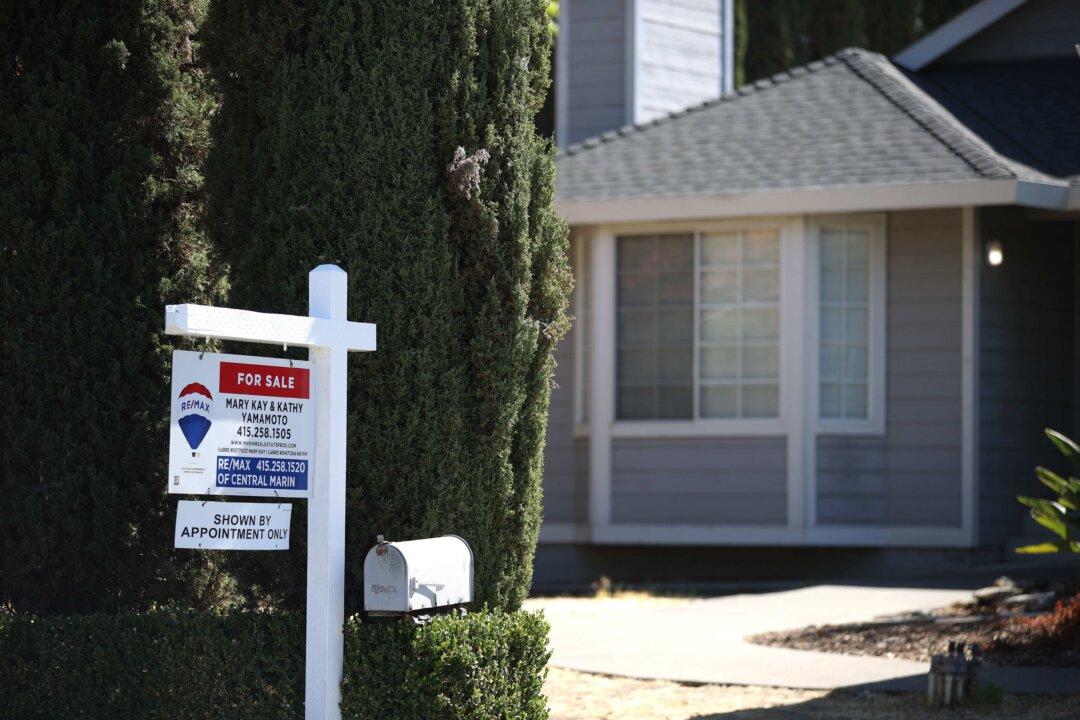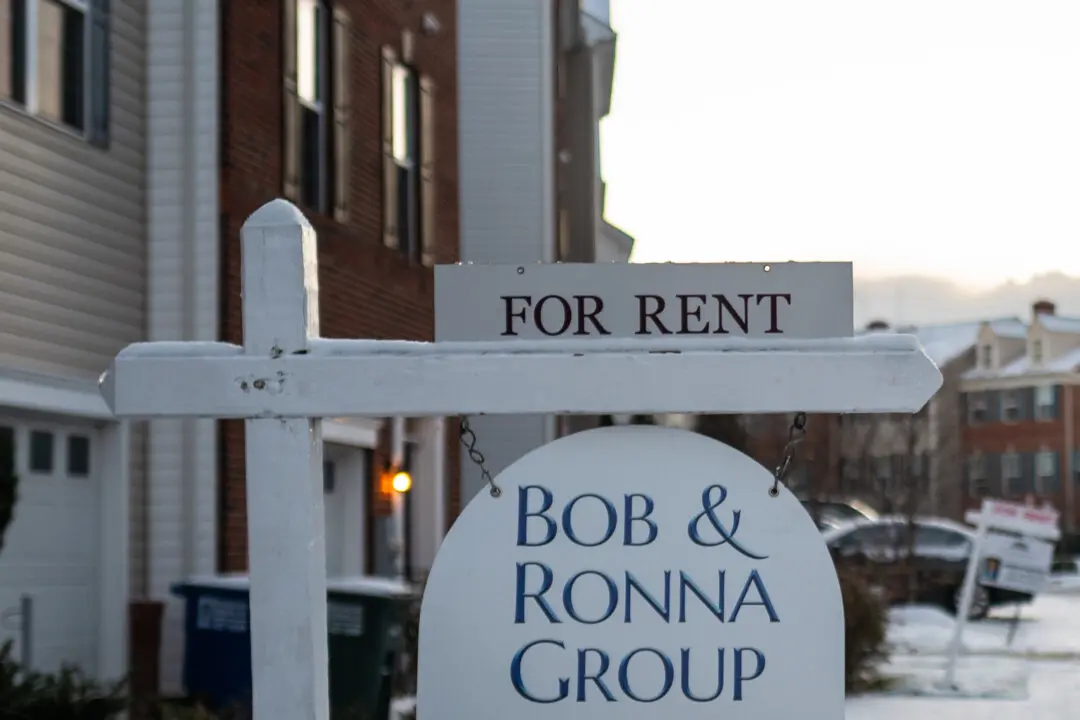Applications for mortgages declined for the week ending March 11 when compared to a week earlier as interest rates rose to multi-year highs, according to the Mortgage Bankers Association’s (MBA) Weekly Mortgage Applications Survey.
The Market Composite Index, which measures the volume of mortgage applications, fell 1.2 percent on a seasonally adjusted basis. On an unadjusted basis, the index fell one percent when compared to the previous week. The refinance index decreased by 3 percent and was 49 percent lower when compared to the same week in 2021, based on MBA’s weekly survey report.





